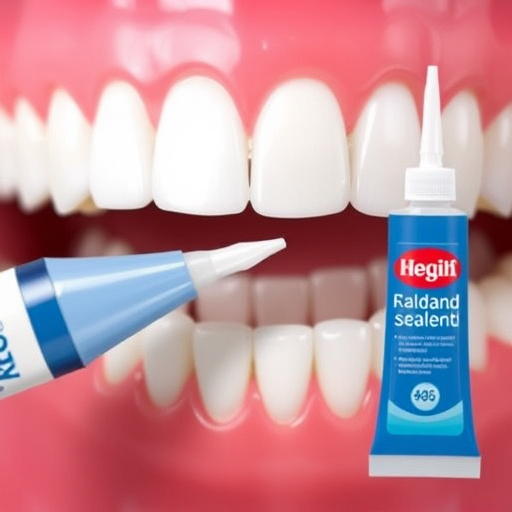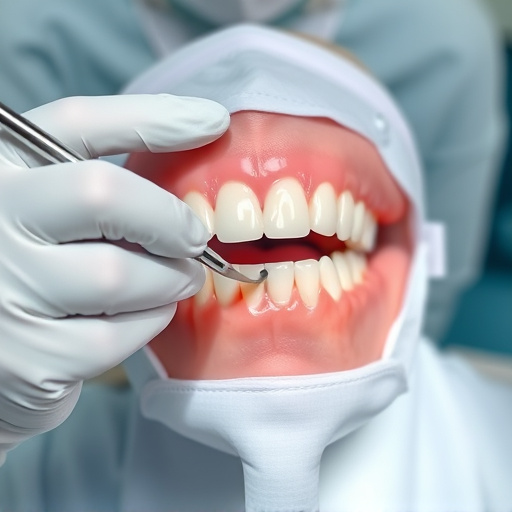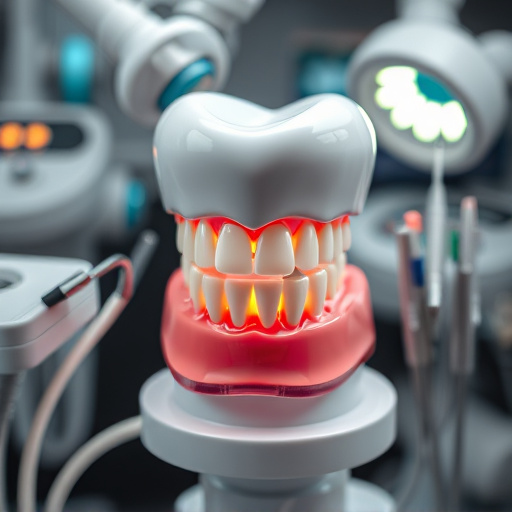Dental professionals assess wisdom teeth's position and health via X-rays, guiding personalized removal plans. The safe and tailored removal process includes local anesthesia, incision, and sutures, followed by post-operative care instructions like gentle hygiene, soft foods, hydration, rest, and prompt reporting of complications for swift recovery.
Considering wisdom teeth removal? Our comprehensive guide breaks down the process, from understanding your X-rays to post-op care. First, learn how to identify if your wisdom teeth need extraction and what dental professionals look for during an X-ray analysis. Next, discover the step-by-step surgery procedure, covering anesthesia, extraction, and potential complications. Finally, master post-operative care tips for a smooth recovery. This detailed approach ensures you’re informed every step of the way during this common dental procedure.
- Understanding Your Wisdom Teeth X-Ray
- The Surgery Process: Step-by-Step Guide
- Post-Op Care and Recovery Tips
Understanding Your Wisdom Teeth X-Ray

After your initial consultation with a dentist or oral surgeon regarding wisdom teeth removal, the next step is understanding the state of your wisdom teeth through a set of X-rays. These X-rays offer a detailed view of the position and health of your third molars, also known as wisdom teeth. They help the dental professional assess if your wisdom teeth are fully erupted, partially emerged, or impacted—whether they’re growing in straight or at an angle that could cause issues.
The X-ray will reveal important information such as the orientation of the tooth, its distance from adjacent teeth, and any signs of damage or disease. For example, if a wisdom tooth is impacted, it might be buried beneath the gum line or part of the bone, requiring a more complex removal procedure. Your dental care provider will use this visual guide to create a personalized treatment plan for your wisdom teeth removal, ensuring the best possible outcome in terms of both aesthetics and oral health. This step is crucial for setting expectations and ensuring you receive the appropriate level of care from a family dentistry perspective.
The Surgery Process: Step-by-Step Guide
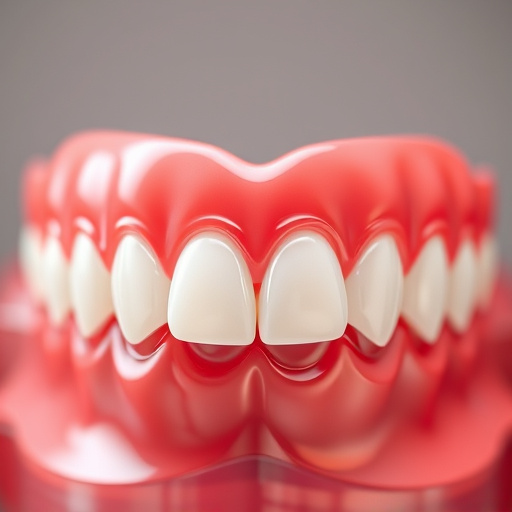
The process of wisdom teeth removal is designed to ensure patient comfort and safety during what can be a delicate procedure. Here’s a step-by-step guide that illuminates this common dental operation. Initially, the dentist will perform a thorough examination, including X-rays, to determine the position and health of the wisdom teeth. This step is crucial as it guides the decision to extract or not. If extraction is advised, the dentist will mark the site for surgery, providing patients with a clear understanding of what to expect.
The actual surgery typically involves local anesthesia to numb the area around the wisdom teeth. The dentist then makes a small incision in the gum tissue to access the tooth. Using specialized tools, the tooth is carefully extracted, piece by piece, ensuring minimal damage to surrounding structures. Post-extraction, the site may be sutured for optimal healing. Patients are usually given post-op instructions, including tips on diet and hygiene, as well as any necessary prescription medications to manage discomfort and prevent infection. This meticulous approach aligns with restorative dentistry practices, emphasizing patient care and the preservation of oral health.
Post-Op Care and Recovery Tips
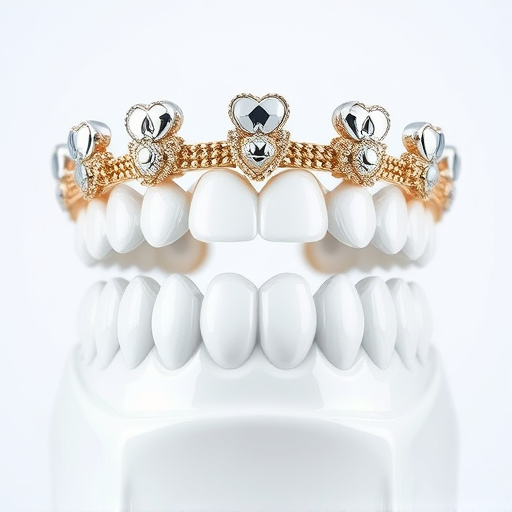
After your wisdom teeth removal procedure, proper post-operative care is essential for a smooth recovery. It’s crucial to maintain good oral hygiene by gently brushing and flossing around the extraction sites daily. Avoid using a toothbrush near the gums for at least 24 hours to prevent irritation. Rinsing with warm salt water several times a day can help reduce swelling and promote healing.
During the first few days, stick to soft foods like yogurt, applesauce, or mashed potatoes. Gradually introduce cooler or warmer foods as discomfort lessens. Stay hydrated by drinking plenty of water, but avoid using straws for at least 24 hours to prevent drying out the extraction sites and potentially causing bleeding. It’s also important to rest and elevate your head while sleeping to minimize swelling. For any signs of severe pain, inflammation, or excessive bleeding, contact your dental professional promptly as these could be indicators of a complication. Regular check-ins with your dentist are recommended to ensure proper healing and address any concerns regarding wisdom tooth removal.
Wisdom teeth removal is a common procedure that can significantly improve oral health. By understanding the step-by-step process, from X-ray evaluation to post-operative care, individuals can make informed decisions about addressing their wisdom teeth. This guide provides essential knowledge for navigating the surgery and ensuring a successful recovery, promoting better overall oral health.


